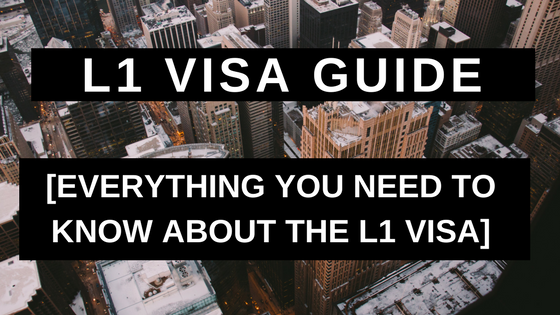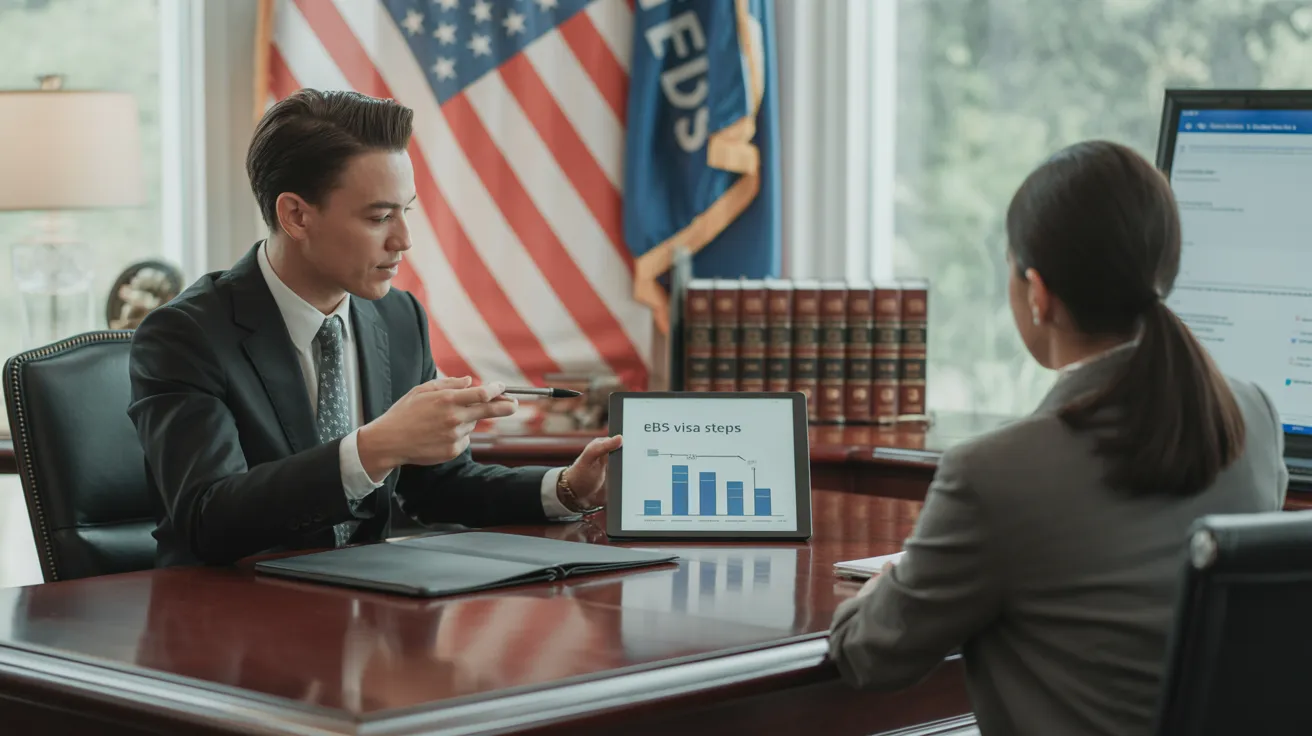How L1 Visa can Save You Time, Stress, and Money.
Table of ContentsNot known Incorrect Statements About L1 Visa The Ultimate Guide To L1 VisaWhat Does L1 Visa Mean?A Biased View of L1 VisaThe 9-Minute Rule for L1 VisaNot known Incorrect Statements About L1 Visa
Offered from ProQuest Dissertations & Theses Worldwide; Social Scientific Research Premium Collection. DHS Workplace of the Assessor General. Retrieved 2023-03-26.
U.S. Division of State. Retrieved 22 August 2016. "Employees paid $1.21 an hour to mount Fremont technology firm's computers". The Mercury News. 2014-10-22. Retrieved 2023-02-08. Costa, Daniel (November 11, 2014). "Obscure temporary visas for foreign technology employees depress incomes". Capital. Tamen, Joan Fleischer (August 10, 2013). "Visa Owners Replace Employees".
The Only Guide for L1 Visa
In order to be qualified for the L-1 visa, the international company abroad where the Recipient was utilized and the U.S. company must have a qualifying partnership at the time of the transfer. The various sorts of certifying partnerships are: 1. Parent-Subsidiary: The Parent suggests a firm, corporation, or other lawful entity which has subsidiaries that it owns and controls."Subsidiary" implies a firm, company, or other lawful entity of which a parent possesses, straight or indirectly, even more than 50% of the entity, OR possesses much less than 50% but has administration control of the entity.
Company A possesses 100% of the shares of Business B.Company A is the Parent and Business B is a subsidiary. There is a qualifying partnership between the two companies and Company B should be able to fund the Beneficiary.
Business A has 40% of Company B. The staying 60% is possessed and regulated by Firm C, which has no relation to Business A.Since Firm A and B do not have a parent-subsidiary connection, Firm A can not sponsor the Beneficiary for L-1.
Company A possesses 40% of Business B. The continuing to be 60% is had by Business C, which has no connection to Company A. Nevertheless, Company A, by formal contract, controls and full manages Firm B.Since Business A possesses much less than 50% of Firm B but handles and manages the company, there is a certifying parent-subsidiary relationship and Firm A can fund the Recipient for L-1.
L1 Visa for Dummies
Associate: An associate is 1 of 2 subsidiaries thar are both possessed and regulated by the exact same parent or individual, or possessed and controlled by the same team of people, in basically the very same proportions. a. Instance 1: Business A is integrated in Ghana and employs the Beneficiary. Company B is integrated in the U.S.
Firm C, additionally integrated in Ghana, possesses read more 100% of Business A and 100% of Business B.Therefore, Business A and Company B are "associates" or sister firms and a certifying partnership exists in between the 2 companies. Business B must have the ability to fund the Beneficiary. b. Instance 2: Business A is incorporated in the united state
Business A is 60% had by Mrs. Smith, 20% possessed by Mr. Doe, and 20% possessed by Ms. Brown. Firm B is integrated in Colombia and currently employs the Beneficiary. Company B is 65% owned by Mrs. Smith, 15% owned by Mr. Doe, and 20% had by Ms. Brown. Firm A and Company B are affiliates and have a certifying relationship in two various means: Mrs.
The L-1 visa is an employment-based visa classification developed by Congress in 1970, allowing international firms to move their managers, executives, or key employees to their united state operations. It is generally described as the intracompany transferee visa. There are 2 primary sorts of L-1 visas: L-1A and L-1B. These kinds appropriate for workers worked with in various positions within a business.

Additionally, the beneficiary must have operated in a supervisory, executive, or specialized worker setting for one year within the three years coming before the L-1A application in the international firm. For new office applications, foreign employment should have been in a supervisory or executive ability if the beneficiary is involving the United States to work as a supervisor or exec.
L1 Visa - The Facts

If granted for an U.S. business functional for greater than one year, the initial L-1B visa is for up to 3 years and can be prolonged for an extra two years (L1 Visa). Conversely, if the U.S. company is newly established or has been operational for less than one year, the preliminary L-1B visa is released for one year, with L1 Visa process extensions available in two-year increments
The L-1 visa is an employment-based visa category developed by Congress in 1970, allowing multinational companies to move their managers, execs, or crucial personnel to their United state procedures. It is frequently referred to as the intracompany transferee visa.
6 Simple Techniques For L1 Visa
Furthermore, the beneficiary needs to have operated in a supervisory, executive, or specialized worker position for one year within the 3 years coming before the L-1A application in the international business. For brand-new workplace applications, international employment must have been in a managerial or executive L1 Visa process capability if the recipient is pertaining to the United States to function as a manager or exec.
for up to seven years to oversee the operations of the U.S. associate as an executive or supervisor. If released for an U.S. firm that has been functional for greater than one year, the L-1A visa is originally provided for up to three years and can be extended in two-year increments.
If given for a united state firm operational for greater than one year, the initial L-1B visa is for up to three years and can be extended for an added two years. Alternatively, if the U.S. company is recently developed or has been operational for much less than one year, the initial L-1B visa is issued for one year, with expansions available in two-year increments.